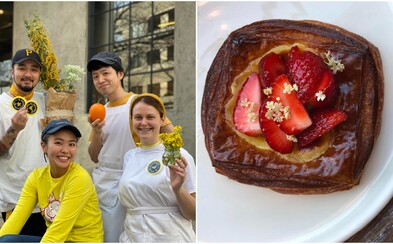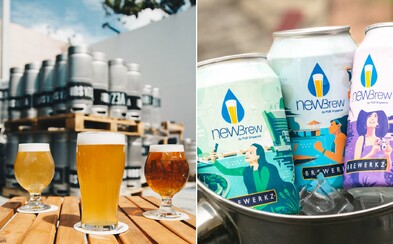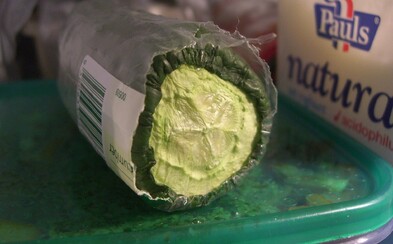 You Should Not Store These 12 Foods In The Refrigerator, Cold Can Harm Them. Would We Find Cucumbers Or Bananas In Your Fridge?
You Should Not Store These 12 Foods In The Refrigerator, Cold Can Harm Them. Would We Find Cucumbers Or Bananas In Your Fridge?
You Should Not Store These 12 Foods In The Refrigerator, Cold Can Harm Them. Would We Find Cucumbers Or Bananas In Your Fridge?
You Should Not Store These 12 Foods In The Refrigerator, Cold Can Harm Them. Would We Find Cucumbers Or Bananas In Your Fridge?
Beer Vocabulary: Know Your Beer Terms And Order Like A Pro.
Do you know based on what grades are attributed to beer and what is the difference between IPA and APA?
If problems persis, please contact administrator.

IPA, APA, lager, elevenses... Beer is no longer ordered with a nod to the bartender. Beer terms are a whole science, and you don't know how something you might not have wanted lands on your table. In collaboration with the new Zlatý Bažant Hurbanovská IPA, we'll help you navigate them, so you can find out the difference between top-fermented and bottom-fermented beers, and what it means when you ask for a "desin".
How beer is brewed
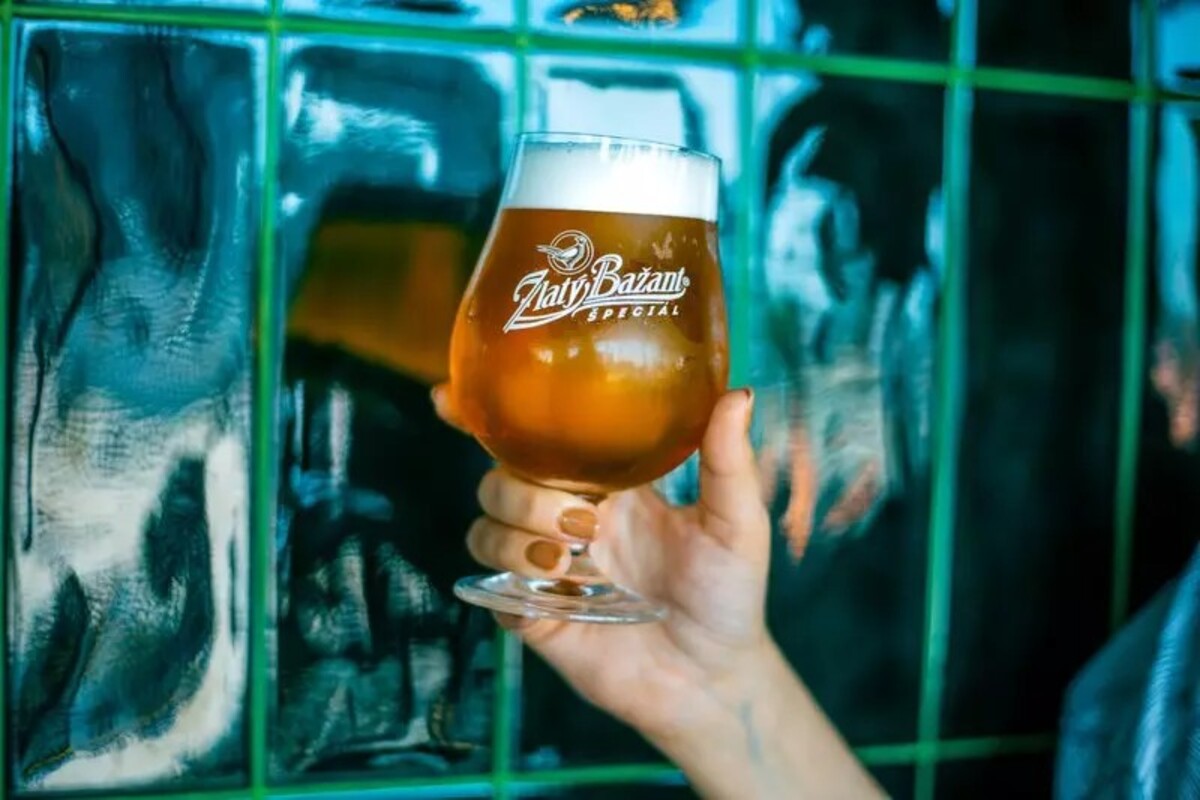
Malt is soaked barley in water to germinate. It is later dried in kilns to stop germination and convert the insoluble starch in the barley into soluble substances and sugars in the malt.
Malt is produced by mashing the malt with water.
The wort is formed by boiling the malt with hops. During this process, the hops release the proteins and bitterness necessary for the beer.
The degree of beer is determined by the amount of extract (sugar) in the original boiled wort. Thus, if a beer is a 'desina', this means that it has 10 per cent extract in the beer before the fermentation process. It may also be referred to by the abbreviation EPM. Thus, the beer's degree of maturity is not related to its alcohol content.
Top and bottom fermentation
Bottom fermentation is used to produce lagers, fermenting at a lower temperature.
Top fermentation is characterised by a higher fermentation temperature and this process produces ales.
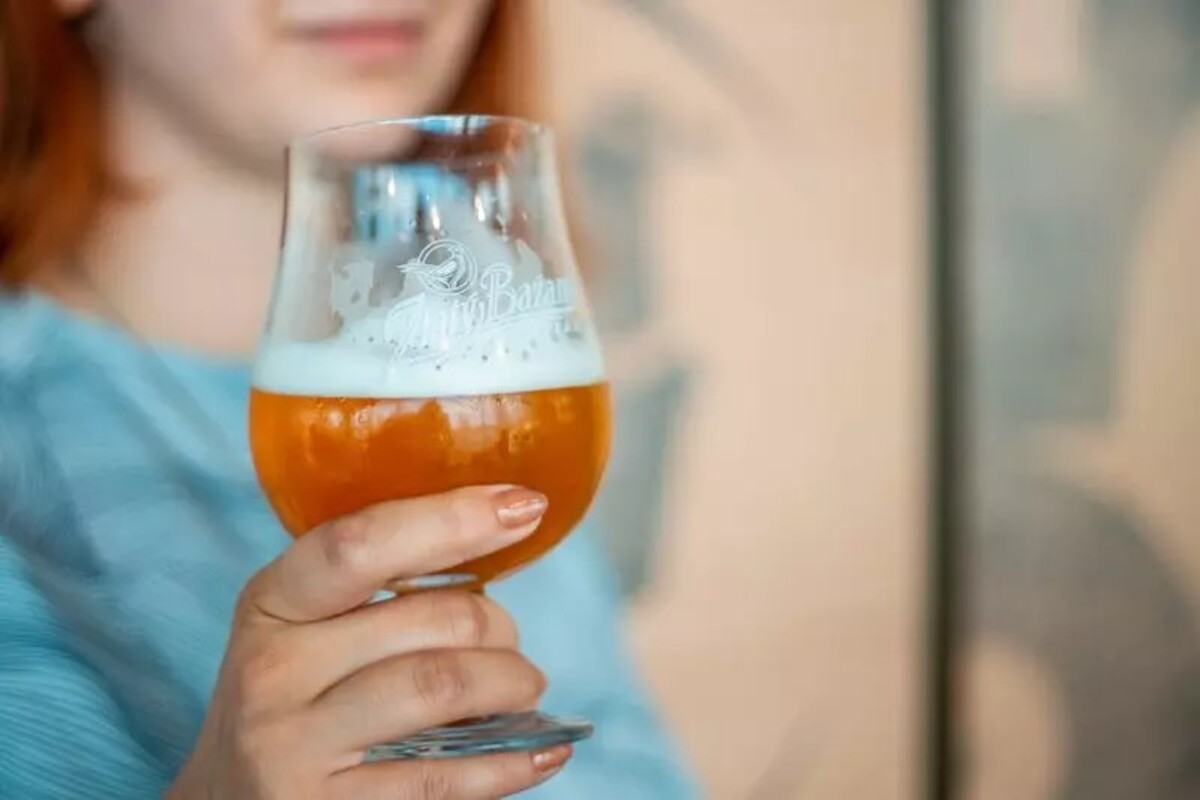
The lager got its designation not only thanks to the bottom fermentation. Its name derives from the fact that after fermentation it is left to rest, so called lager. It is characterised by its lower alcohol content and lower bitterness compared to Ale.
Ale can be described as a basic type of beer. It is also known as Pale Ale due to its typical amber to golden colour.
How different beer styles emerge
Beer styles refer to different types of beers that differ in the production process, the raw materials used and the taste.
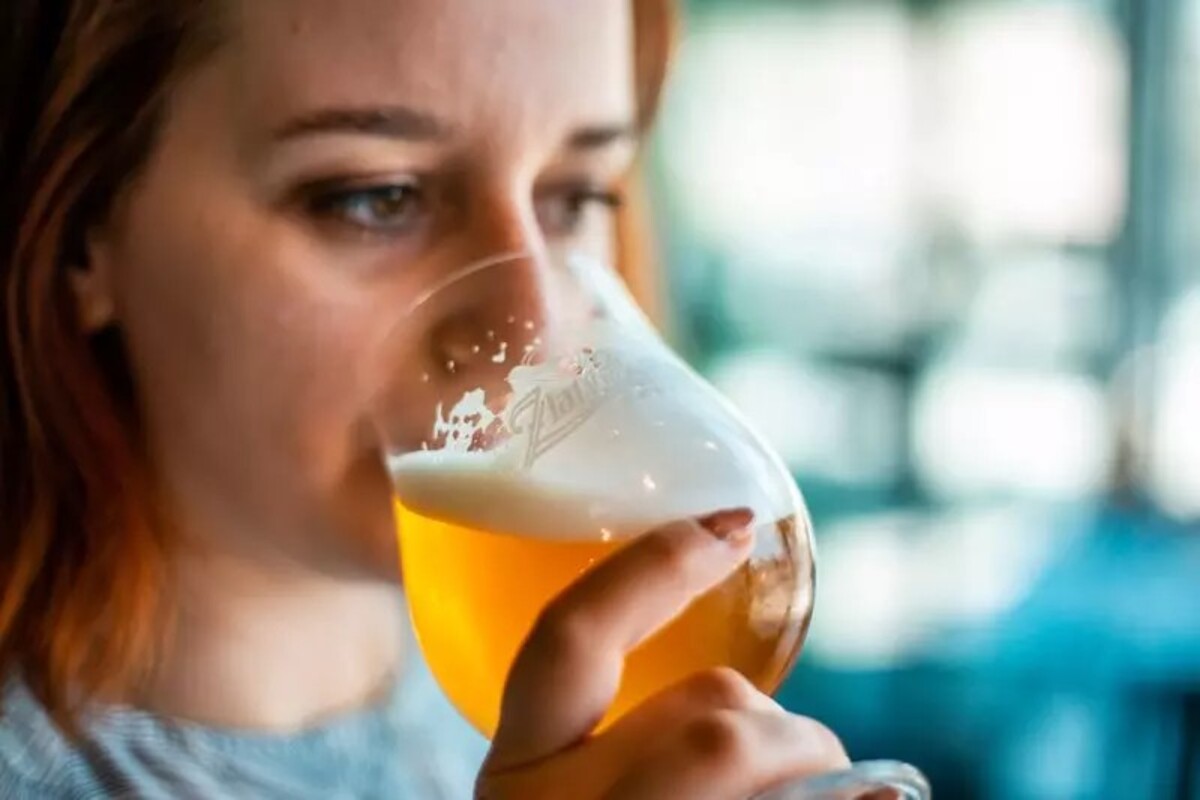
IPA is the most famous beer style, which is based on the Pale Ale beer type. It is characterized by a more bitter taste compared to lagers, amber colour, citrus to floral flavour and aroma. It depends on the variety of hops used in its production.
The IPA itself has many other varieties, but the basic division is into Session and Imperial. Session usually has a lower alcohol content - less than 5 percent - which makes it lighter and more drinkable. Imperial tends to have a higher hop content, which is responsible for its more bitter taste.
There is an American IPA, but also a Hurban IPA
IPA type beer is further divided according to where it was brewed, for example NEIPA - New England IPA, Belgian IPA, American IPA. However, there is also a Slovak IPA - Zlatý Bažant Special Hurbanovská IPA. It is a session IPA style beer, so it is light and pleasant to drink. It has a fruity, citrus aroma with hints of Citra and Kazbek hops. The new Hurbanovská IPA is proof that even though the brewery is true to tradition, it still makes sense to improve it.
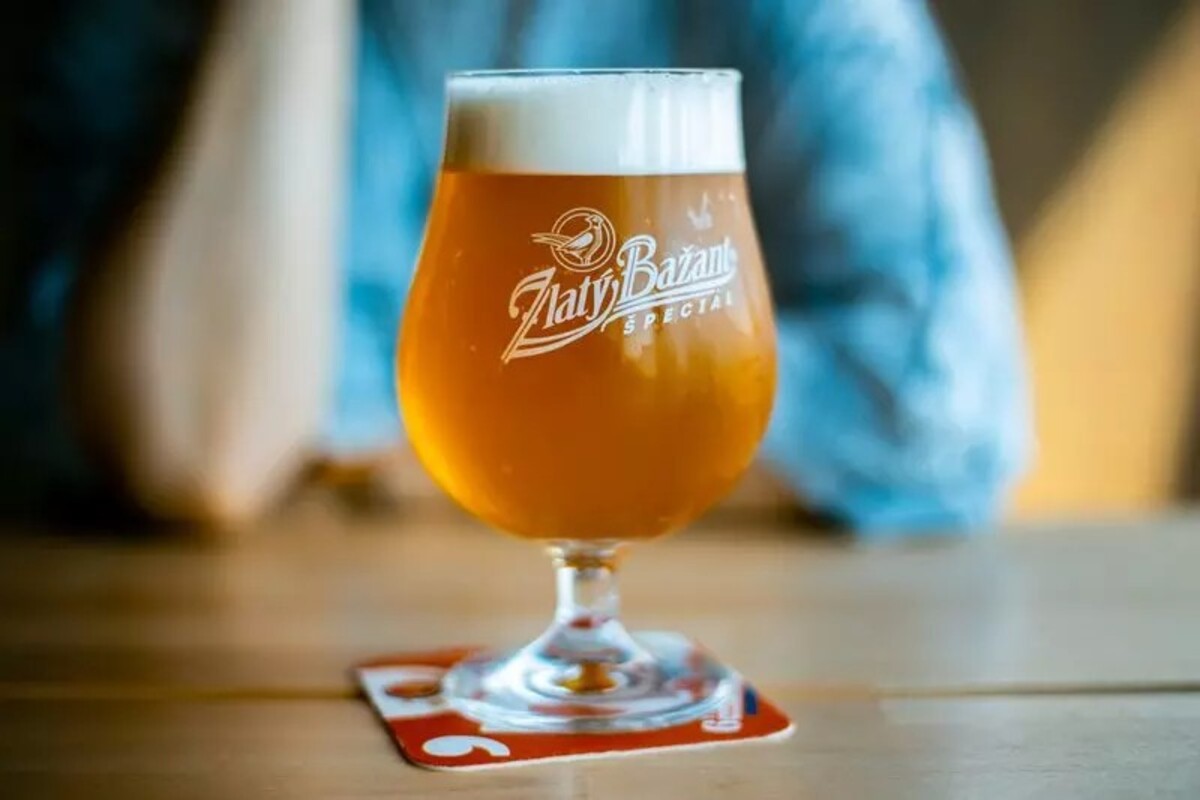
What is the difference between IPA, IPL a APA?
We know more than 100 beer styles, which are often further categorised into other types. However, most often, besides IPA style beers, you'll also come across other beers labeled with abbreviations such as IPL, APA.
APA stands for American Pale Ale. While it may have its origins in the UK, it uses American hops, which is why it has been given the moniker American. It is characterised by a sweeter taste with a fruity hint and less bitterness.
IPL stands for India Pale Lager and is essentially a combination of an APA and an IPA. It is often referred to as a beer that is in between a lager and an IPA. IPL is a bottom-fermented lager with a distinct aroma typical of an IPA.
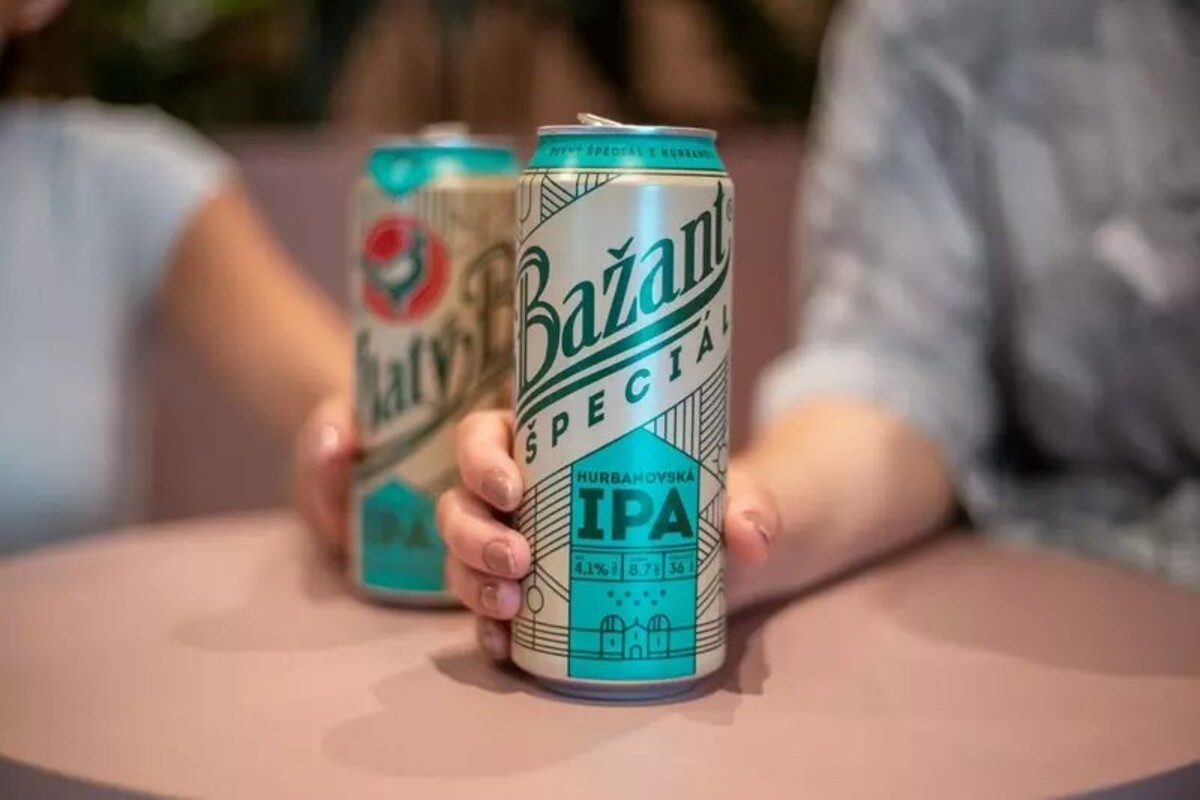
It can be tricky to know the beer acronyms, but it's best to know the beers by taste. An IPA is the perfect place to start learning about beer styles. You can buy Hurbanovská's anywhere in a store, but we recommend it ideally on tap - you'll find it in a number of establishments across the country. Whether you're a seasoned beer drinker and decide to swap your traditional Friday lager for an aromatic IPA, or you're new to the world of beers, the Zlatý Bažant Special Hurbanovská IPA is sure not to disappoint.
If problems persis, please contact administrator.


